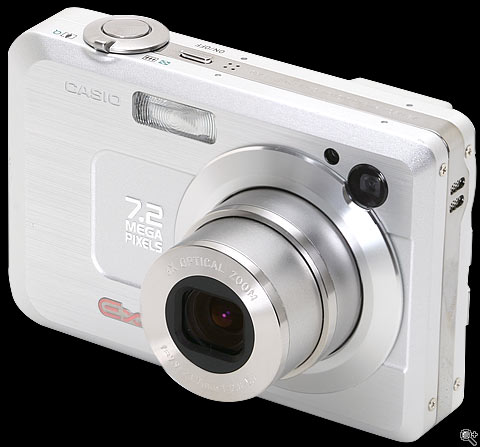Blogged Images
Time Fountain
Kit Arrived, Built and Functioning
I just finished building a real live Time Fountain, thanks to Nate True, and it really does work! See the video below for a real-time recording of the visual illusion it produces.
It's one of those things that I put off, expecting it to be really hard work, and painful debugging, if I could ever get it to work at all. Didn't turn out that hard. Made a few wiring cock-ups which I worked out for myself and seeing the final effect was worth every minute of burned fingers and solder inhalation.
If you've no experience soldering or building these kits it could be a little challenging, since there is no printed circuit board - you have to wire every connection whole thing with bits of copper hook-up wire. Also there's a nightmarish task to free-solder 20 LEDs together to twist around the water pipe. Keen pedants will notice that the blue and brown wires are used as both ground and supply. Finally, there are some inconsistencies between the vector graphics provided and the corresponding descriptive text as part of the assembly instructions. Nate offered a personal reply though, which might help for others with the same problem.
Hi Cefn,
Sorry about the mix-up. The two 1k resistors are supposed to go to the TIP31 transistors. I think the hobby adaptor should work fine, so long as the open-circuit voltage doesn't exceed 19 volts, it should be fine. I would set the supply to 5 volts to start with and see what the voltage comes down to when the fountain is on, then turn it up until the actual supply voltage is around 9 volts, and you should be fine.
Nate
On May 26, 2008, at 17:03 , Cefn Hoile wrote:
Hi, Nate.
Finally got around to constructing my Time Fountain, and I'm stuck with the resistors.
Your vector graphics show two 4.7k resistors and a single 1k resistor. Meanwhile the guidance text is the other way round.
I guessed I should stick the two resistors where you ask for two resistors, and a single resistor where you ask for a single resistor, and ignore the values.
However, following this through I found that even this was inconsistent between the graphics and the text. The text seems the most sensible given the circuit diagram.
I thought it would be good to work out for sure what I should wire where, and also offer feedback for maybe fixing the instructions.
Also what's a suitable replacement for the US adaptor? I was planning on using a hobby variable voltage adaptor which runs up to 12 volts or so under load, but has an open circuit voltage of much more than that. Maybe something more well-regulated is needed.
Cefn
http://cefn.com





Latest | Search | Contact